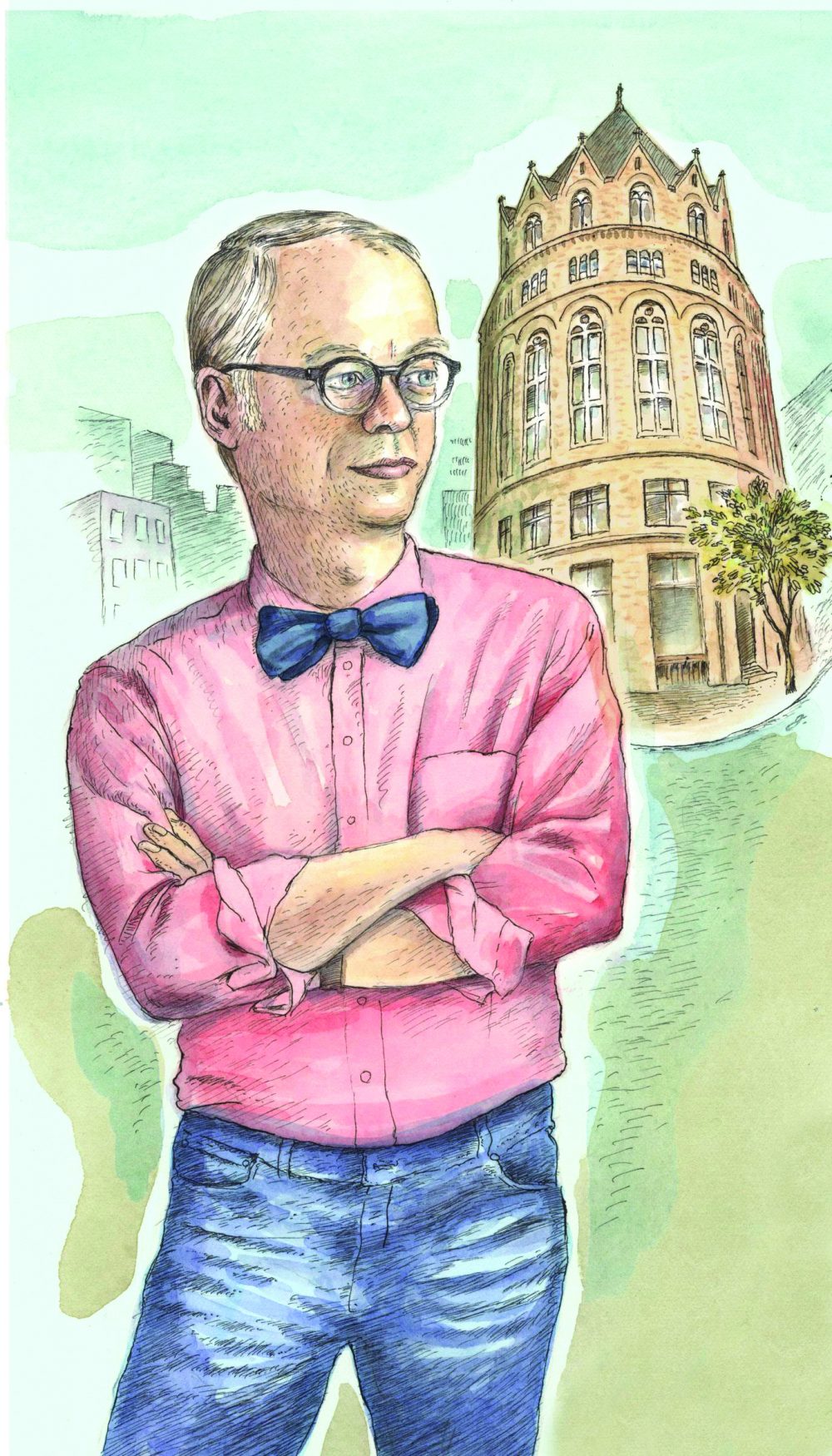Your email address is required to begin the subscription process. We will use it for customer service and other communications from Milk Street. You can unsubscribe from receiving our emails at any time.
A Taste of Jamaica
Back to March-April 2021

Ian Fleming’s GoldenEye—a one-story house that sits up on the northeast shore of Jamaica, with stone steps leading down to a small cove—is not far from Noël Coward’s former abode, Firefly, perched on a hill overlooking Port Maria Bay. Hollywood notables spent vacations around Coward’s small pool, in a state of undress, sipping cocktails and taking in what was at the time an exotic locale.
GoldenEye also was the spot for the hoi polloi of Jamaica along with some of the bigger names of the post-war period. I was told by Chris Blackwell—the founder of Island Records whose career was launched with Millie Small’s “My Boy Lollipop” (he subsequently produced Bob Marley)—that, as a kid on Jamaica, he spent time at Fleming’s place, watching the likes of Errol Flynn, Princess Margaret and Truman Capote flow in and out during the season.
Jamaica also is famous for “Dr. No”—the beach scene with Ursula Andress was filmed at Laughing Waters on the north shore and Dr. No’s mining operation is a real bauxite mine not far away, close to Ocho Rios. And, if you drive over the twisting mountain road down to Kingston, you can visit Bob Marley’s homestead complete with recording studio.
If you return, you may experience a different Jamaica. You eat at Chris’s tiny eatery in Oracabessa, sipping a Red Stripe while watching locals getting a haircut next door under long fluorescent bulbs or go to Scotchies for jerk chicken cooked on pimento logs. For breakfast, it’s a plate of callaloo with a drizzle of chili oil or ackee that looks a bit like scrambled eggs or a bowl of oatmeal with a shot of spiced rum on top.
If you come back a third and fourth time, you meet at dawn at James Bond Beach (obviously an opportunistic name) to take a long brightly painted wooden canoe powered with a small outboard to catch mackerel and barracuda, trolling with outriggers made from tree branches. (We ended up with two yellow fish the size of chicken wings.) You spend an afternoon at sports day in the local stadium offering track and field competitions from the local high schools—the different houses (Gordon, Whitehorn, McCalla, etc.) competing in bright yellow, red and white uniforms. You walk around Trench Town in Kingston or Bull Bay where Ziggy Marley grew up with his great auntie Viola. You start to notice the coastal houses built with only one floor completed—it’s so difficult to get a building permit that many folks do it before they can afford to build a second floor.
But if you did not grow up in Jamaica, you don’t know Jamaica. Ziggy told me that folks cooked food in their homes and sold it to neighbors—rice and peas, fried fish, bread and butter, roasted yams. They didn’t do much shopping in stores or go out to restaurants. His father was Rastafarian and they ate out of calabash gourds with wooden spoons. Fish was taken from the sea and roasted on sheets of metal without seasonings. Irish moss—a form of seaweed—is still made into a drink that is said to be good for virility—a popular drink among young men. And he remembers playing football (soccer) with his father Bob Marley and sitting in on recording sessions.
And only real locals know inland Jamaica, a world apart from the coast. It’s mostly small, twisting roads, small piles of produce for sale by modest homesteads, villages that tourists never see, and steep, sunlit pastures. You come across an old sugarcane plantation and the machinery used to distill rum, water-powered and rusted among the weeds. It’s a troubled, complicated history.
The food of Jamaica is not a cultural algorithm that unlocks the key to its diverse history. Recipes are transient and impromptu, a welcome from one people to another, an invitation that engenders thankfulness, a doorway to curiosity and reconciliation.
My last meal at Chris’s in Oracabessa—escabeche with rice and peas—reminded me of our common humanity as the night traffic rumbled by, downshifting through the main street of a warm, noisy Caribbean town, far from the world of my beginnings.

